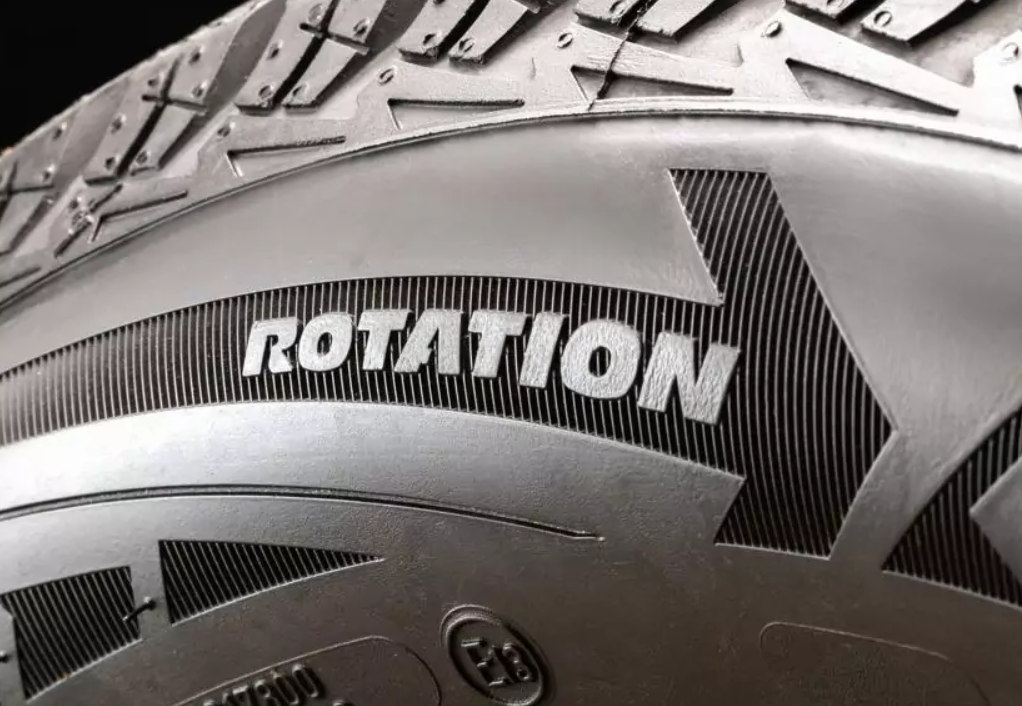4 easy tips to correctly charge EV batteries
Yes, there are right and wrong ways to charge batteries for your phone, tablet, laptop and your EV. If you don’t charge them right, you may need to make expensive battery replacements! That’s why drivers need to know how to properly care for their batteries by charging them correctly. Here are 4 easy tips to extend your battery’s life!
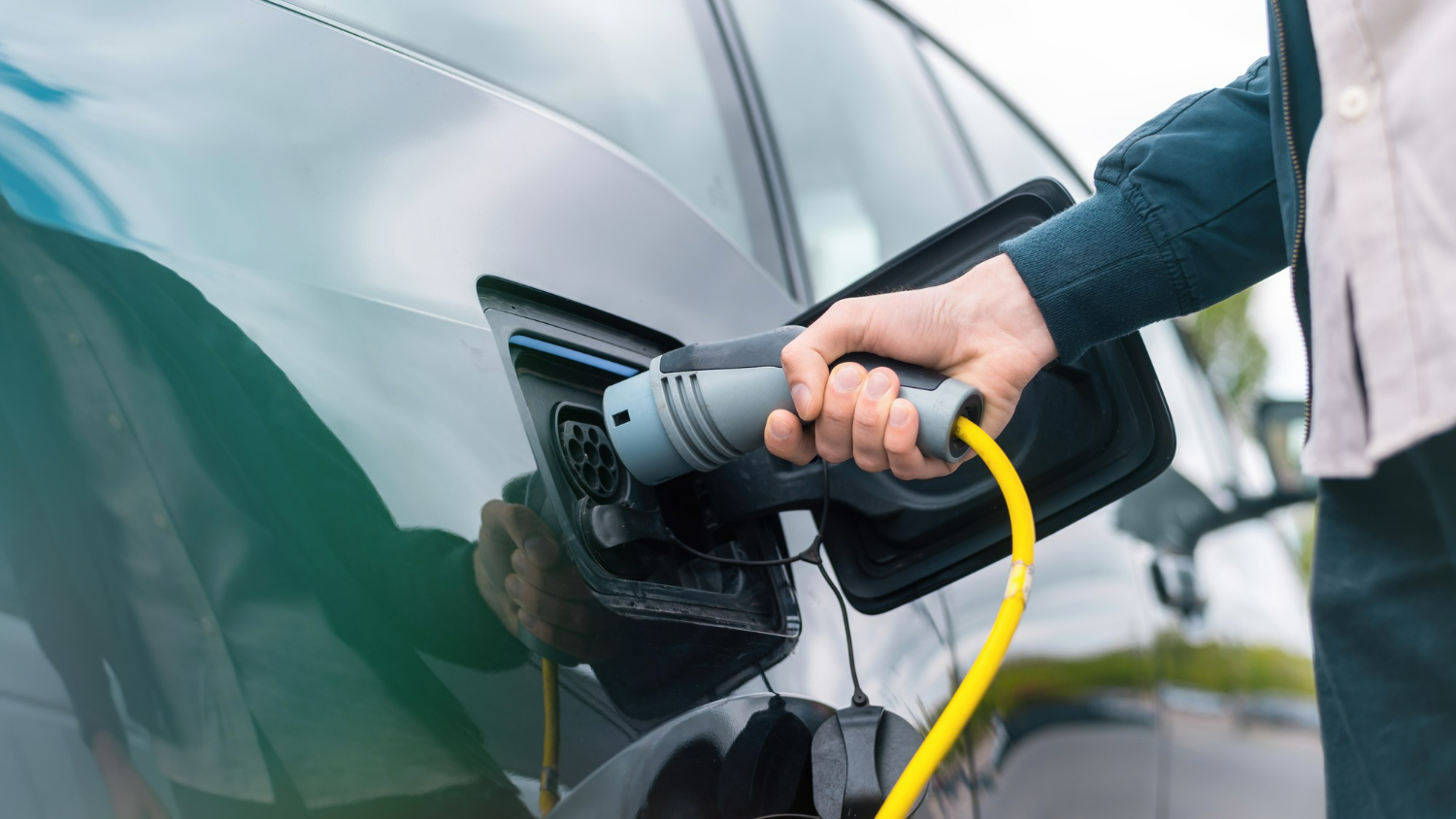
Tip 1: Do not overcharge and fully discharge
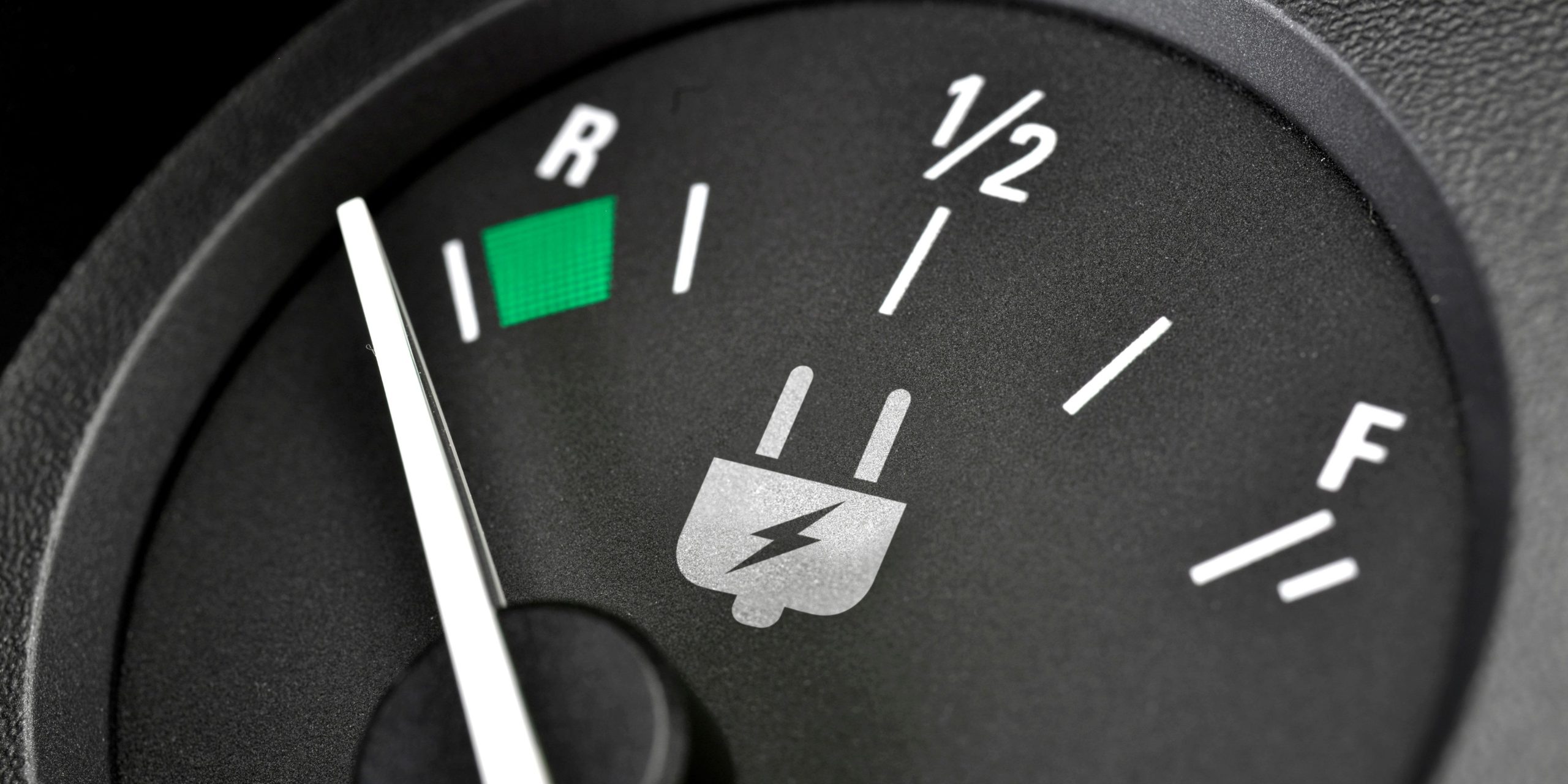
Lithium-ion batteries deteriorate over time, but leaving them plugged in at a 100% state of charge (SoC) for extended periods of time can hasten their degradation. When a battery is fully charged, it will be in a state of high charge voltage that can raise the battery’s temperature and place it under significant stress. This stress can damage the battery, reducing its capacity to store energy effectively and shortening its overall lifespan.
To prolong the life of your EV or electronic device battery, it’s equally important to avoid a full discharge or letting it reach a 0% SoC. Fully discharging a lithium-ion battery can cause irreversible damage, significantly reducing its ability to hold a charge over time. Although manufacturers install battery management systems to prevent batteries from being fully discharged, it’s good practice to recharge before your battery reaches a critically low SoC.
Tip 2: Reduce the depth of discharge
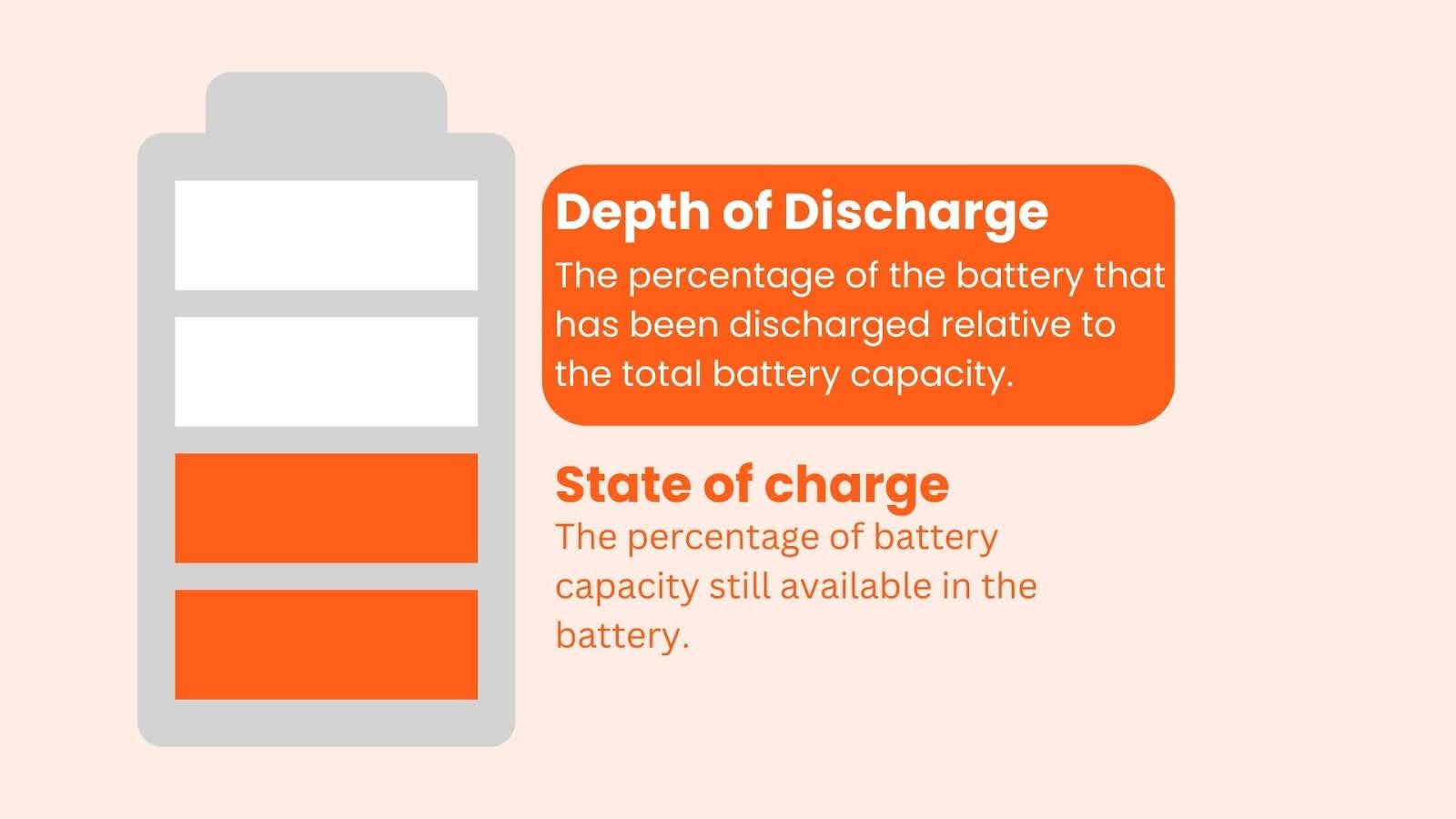
A complete charge cycle involves two parts, charging and discharging. When you fully discharge the battery to a SoC of 0%, the depth of discharge (DoD) is 100%. If you only discharge from 100% to 60%, the DoD is 40%. For those who remember your mathematics, you can say that the SoC is inversely proportional to the DoD.
So why is DoD important? When you fully discharge a lithium-ion battery you can damage the battery. Conversely, if you only partially discharge and then recharge, you extend its lifespan. Instead of letting the battery reach 0%, it’s better to recharge it when it’s only partially depleted. This practice avoids the stress of a full discharge and reduces the strain on the battery.
In fact, five to ten shallow discharge cycles are roughly equivalent to a single full discharge cycle, you should take every opportunity to utilise only 20 or 30 percent of the battery’s capacity before recharging. To maximise your battery’s lifespan, aim to keep its charge within a moderate range and recharge frequently. Driving in urban areas or locations with ample charging stations allows you to recharge conveniently and avoid deep discharges.
Tip 3: Follow the 20-80% rule
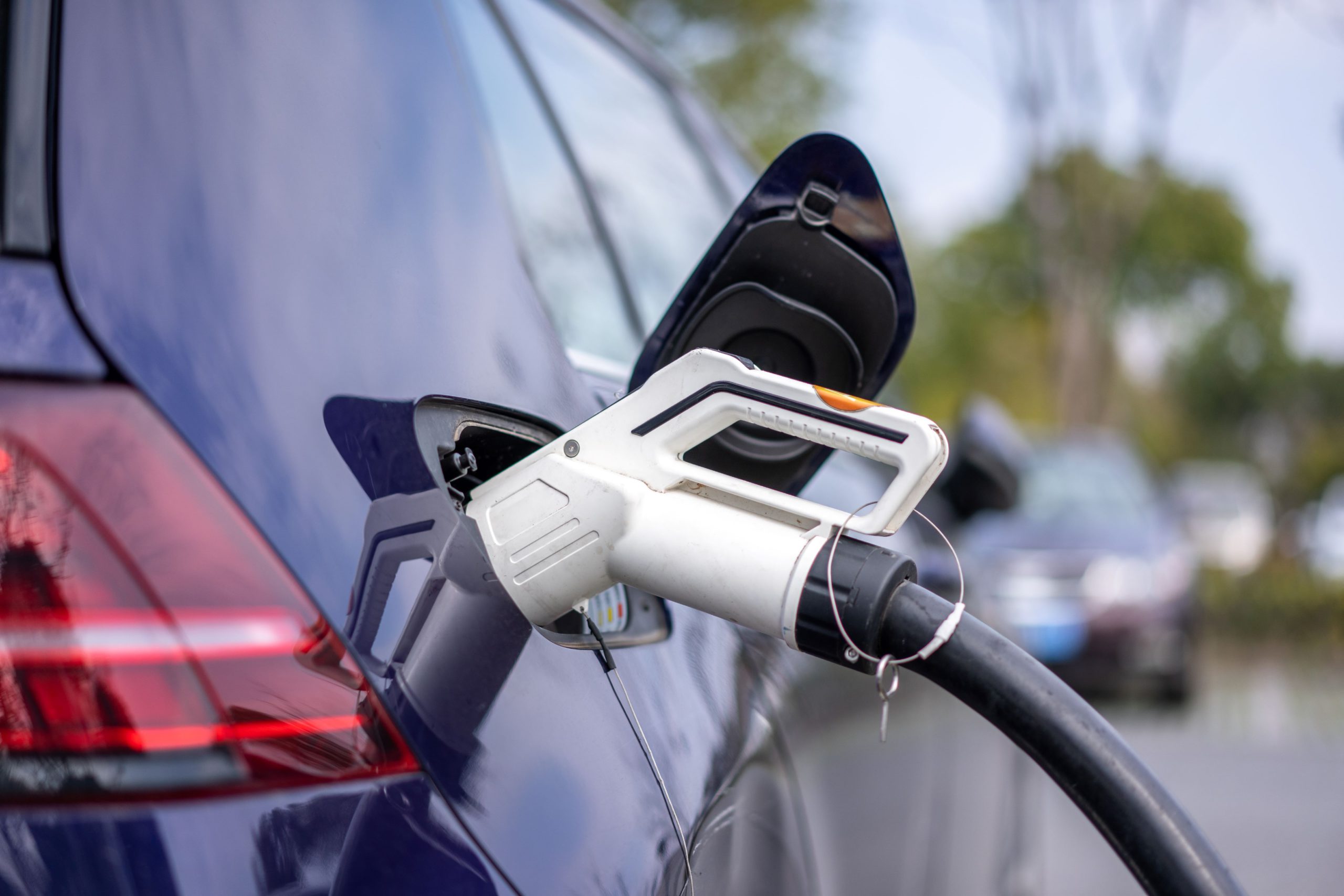
To minimize the degradation of your EV’s battery and extend its lifespan, avoid letting it fully discharge and then charging it back to 100% (a full cycle). A simple and useful approach is the 20-80% rule, which involves keeping your EV battery’s SoC between 20% and 80%. However, there are exceptions. For longer trips with limited charging stations en route, it would be better to charge the battery fully and arrive at your destination safely.
Charging your battery to 80% also has the added benefit of saving time! Batteries charge relatively quickly, especially between the 10-80% range. But going from 80% to 100% can take significantly longer.
Tip 4: Avoid fast charging
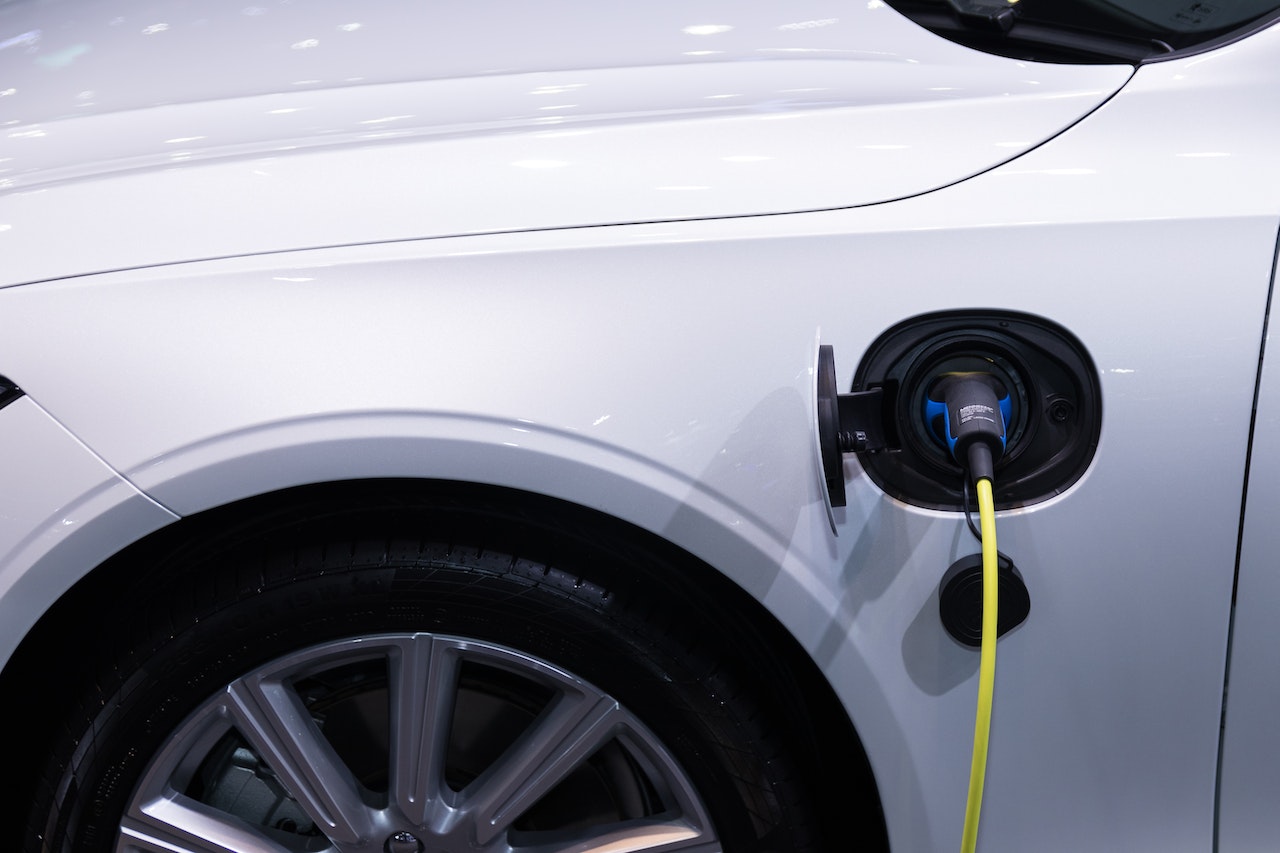
Fast chargers use a high voltage to rapidly charge your car battery. Although you can quickly go from nearly empty to almost full in a matter of minutes, this high voltage strains your car’s battery which can reduce its carrying capacity. If you fast charge your car battery often, your battery can degrade quickly. So to preserve your car battery’s lifespan, only use fast charging when absolutely necessary.
All in all, consistency and proper care are crucial to extending your EV battery’s lifespan. Just be sure to follow these 4 tips and your battery and wallet will thank you. Let us know in the comments if you’ve come across these tips before or if you already apply them to your other electronics. We’d love to hear about your experiences and get additional tips!
If a full EV is not for you, you can check out our selection of hybrids or petrol cars! Each and every one of our Carro Certified cars has been thoroughly inspected via our 160-point inspection before being refurbished to be As Good As New!


